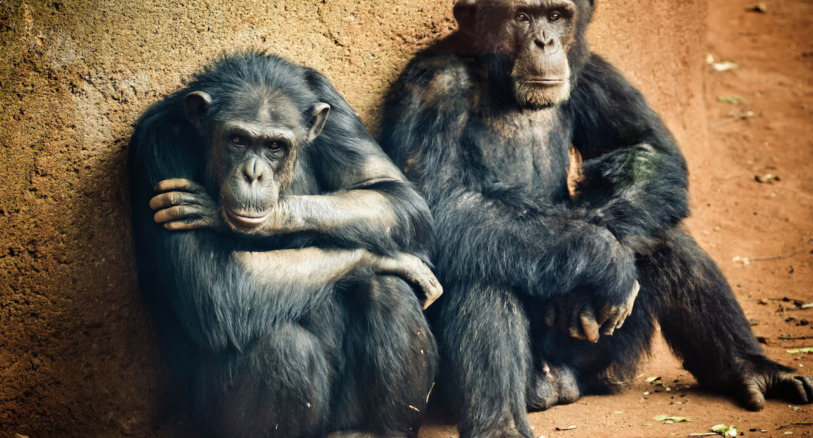
Common chimpanzees are very social animals and have a male-bonded society. All adult males are dominant over all females. Females do not develop strong social bonds with each other like the males do.
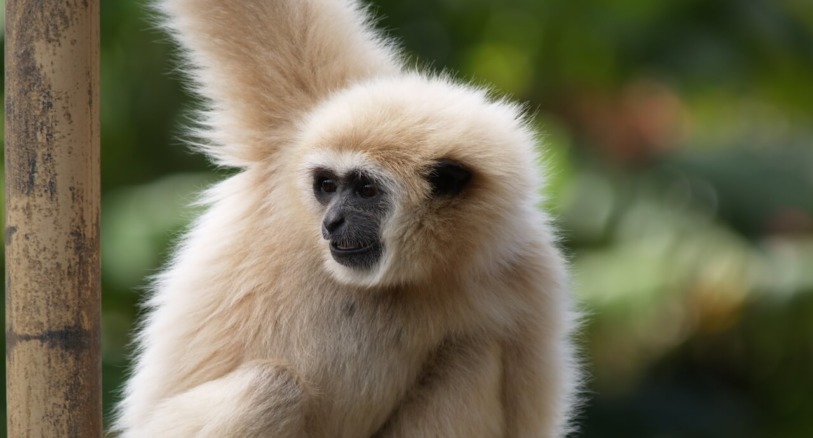
Adult males weigh 10-20 lbs, females are slightly smaller. Dense fluffy fur keeps these animals cool in hot temperatures, and also presents a larger image to predators.
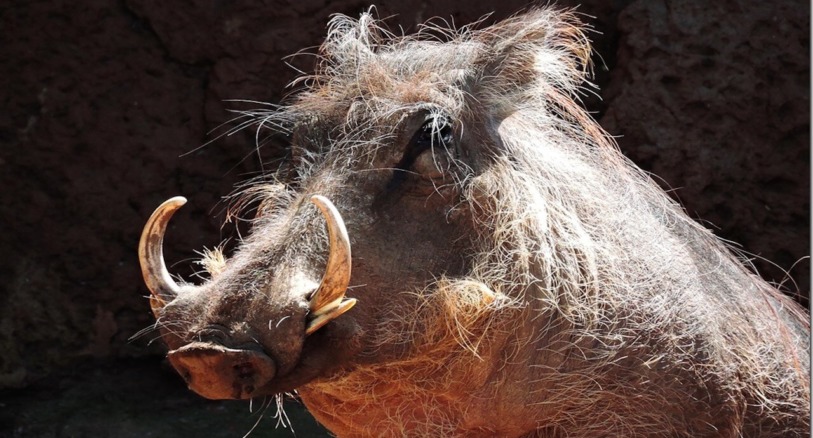
Wart Hogs prefer plains regions and avoid forests. They inhabit Africa south of the Sahara except at the southern tip of the continent.
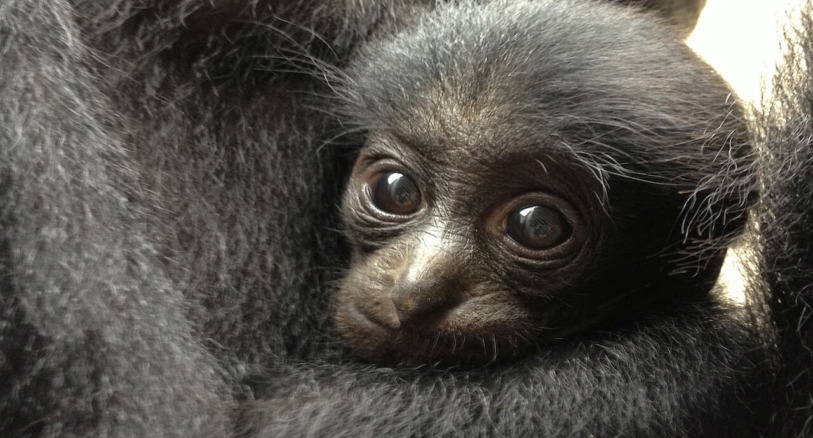
Siamangs range through southeastern Asia and are found in some numbers in the Malay Peninsula and Sumatra.

Sloths are found in Central and South America in the rain forest canopy. The Linne’s two-toed sloth is found in such countries as Nicaragua, Columbia, Venezuela, Surinam, Guyana, French Guiana, North Central Brazil, and Northern Peru.
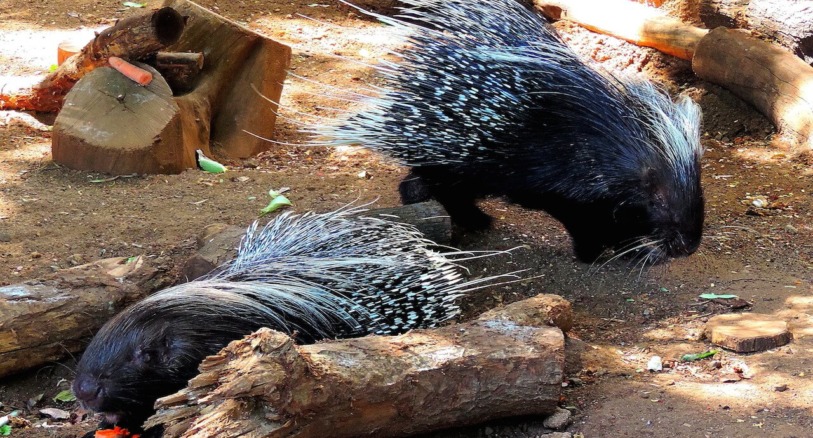
The North African crested porcupine is nocturnal. They are very adaptable and can be found in forests, on plantations, in rocky or mountainous areas as well as in deserts.
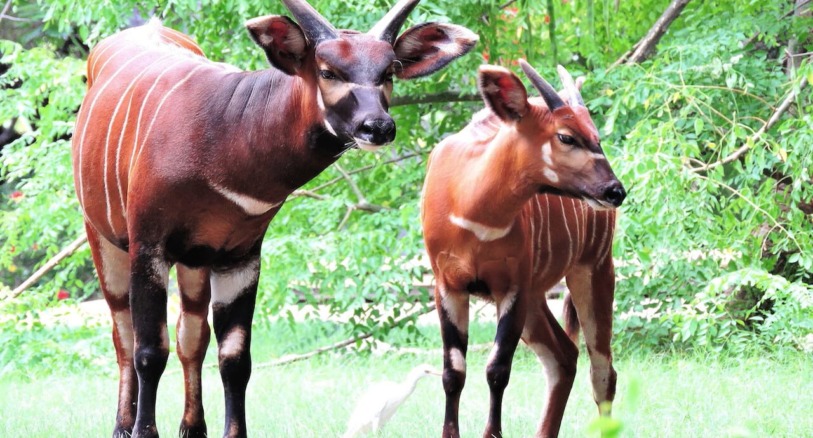
Bongo are most active at dawn and dusk, and often forage near the edges of wooded areas. They normally shy in the wild and flee into the forest for cover at the slightest provocation.
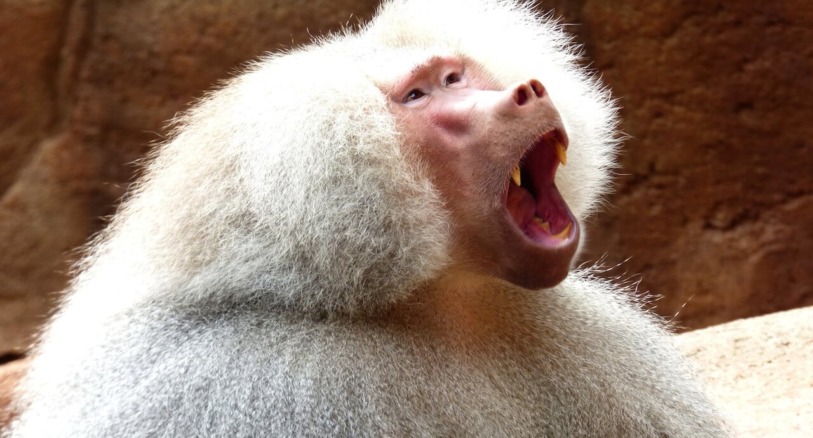
Sacred Baboons are common throughout northeastern Africa, but are extinct in the Nile region and Egypt, where they originally received their name and were worshiped by the ancient Egyptians.

